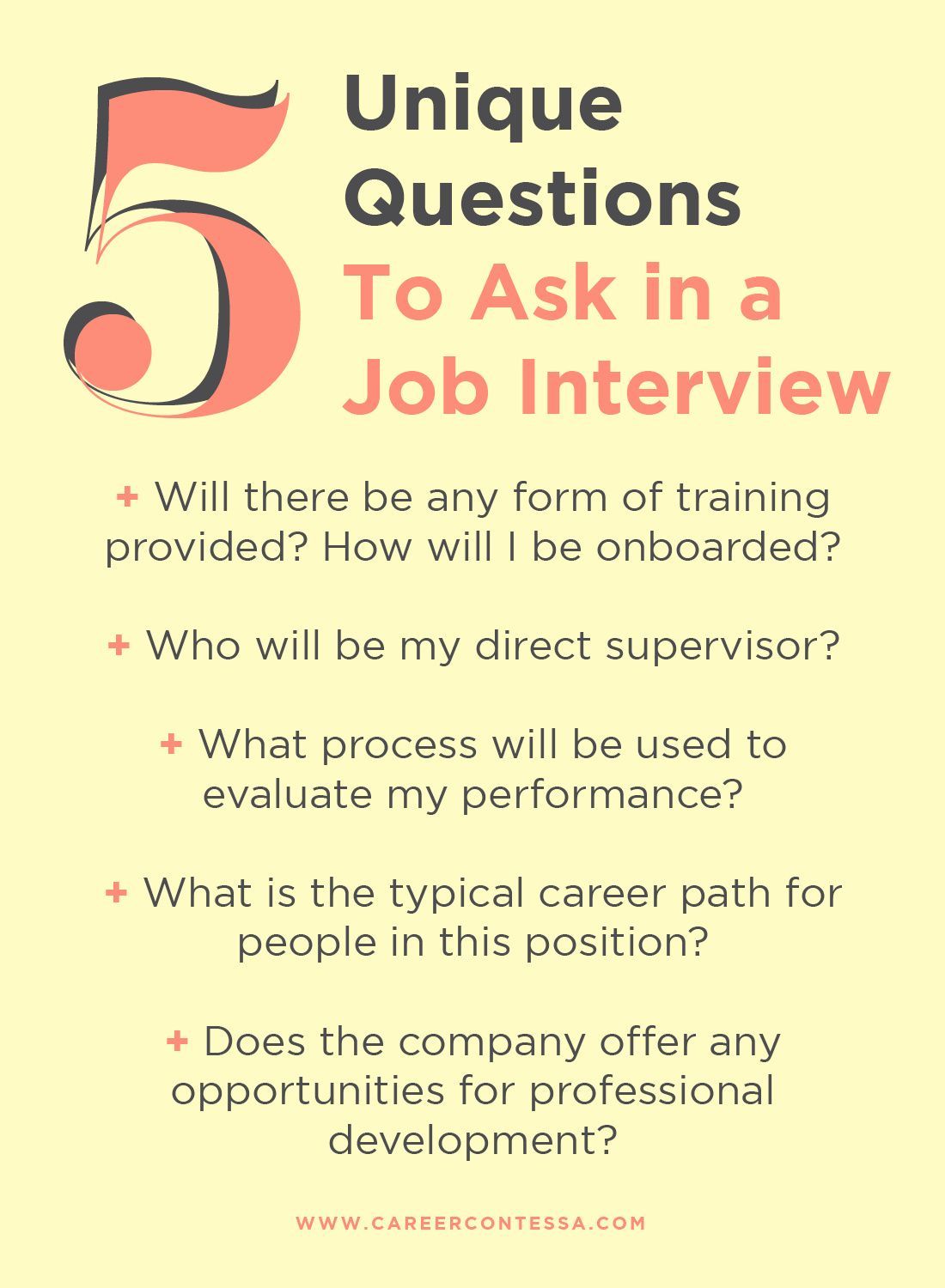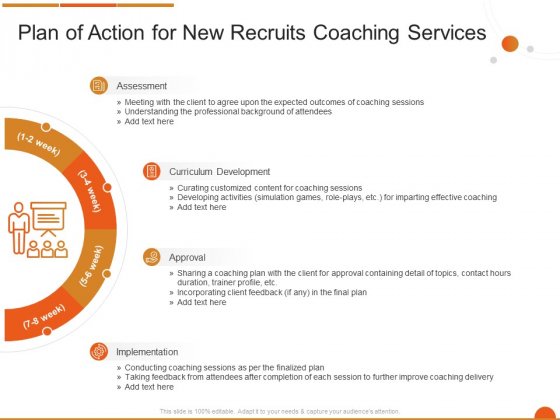
Planning for success involves identifying the most important positions and skills that your organization requires. You also need to identify weaknesses and areas where talent can be attracted. You can also identify external sources of talent and develop strategies for recruiting new talent to fill these key positions. For example, you might want to partner with other organizations to recruit employees with critical or essential skills.
Assessment of talent pool
The key to a company's success is assessing the talent pool and planning for succession. It helps identify key competencies and responsibilities and helps allocate these people to different positions in the organization. Both internally and externally, assessment can be performed. There are many methods for talent pool assessment.
First, determine the number of employees you want to consider for succession planning. This could include pay plan, grade level, occupation series, and even location. Management definitions and employee surveys can help to define the talent pool.

Identifying key roles
The identification of key positions is the first step in succession planning. These positions have high levels in decision-making authority and are specialized to influence organizational success. They may include managerial roles or highly specialized individual contributor roles. Key leadership positions are usually the most influential in the succession pipeline and have substantial impact on the achievement of strategic and operational goals. The workforce must be carefully analyzed in order to identify the key positions. This can be done using the State of California Workforce Planning Model.
It is crucial to consider the personality and skills of the employees when you are looking for the right candidates to fill critical positions within your company. While it's natural for you to want to encourage a prominent employee, it's important to be objective about the person's performance. You can easily overlook people who work hard behind the scenes. These employees can make a big impact on your business.
Develop talent pool
A key step in succession planning is to develop a talent pool. It allows organizations align their workforce goals with their corporate vision. They can also define competencies around specific skill groups. Talent assessments are used to identify skills and experience gaps. Employers can increase their retention rate through a talent pool by reducing the vacancy period.
Talent pools can be filled internally or externally, depending on the organizational needs and the skills of existing employees. An internal talent pool can be a great way for an organization to increase retention, save on training and reduce recruitment costs. You should understand that it is not a perfect strategy.

Implementation individual development plans (IDPs), with talent pool
The key element of succession planning is the implementation of individual developmental plans (IDPs), which include talent pool. These plans can be used to evaluate employees' readiness for the role they are currently in and their long-term career aspirations. An IDP is also useful for helping organizations identify the skills that are needed to expand their talent pool.
Talent management plays a key role in modern organizations. This study examines how important talent management is in succession planning.